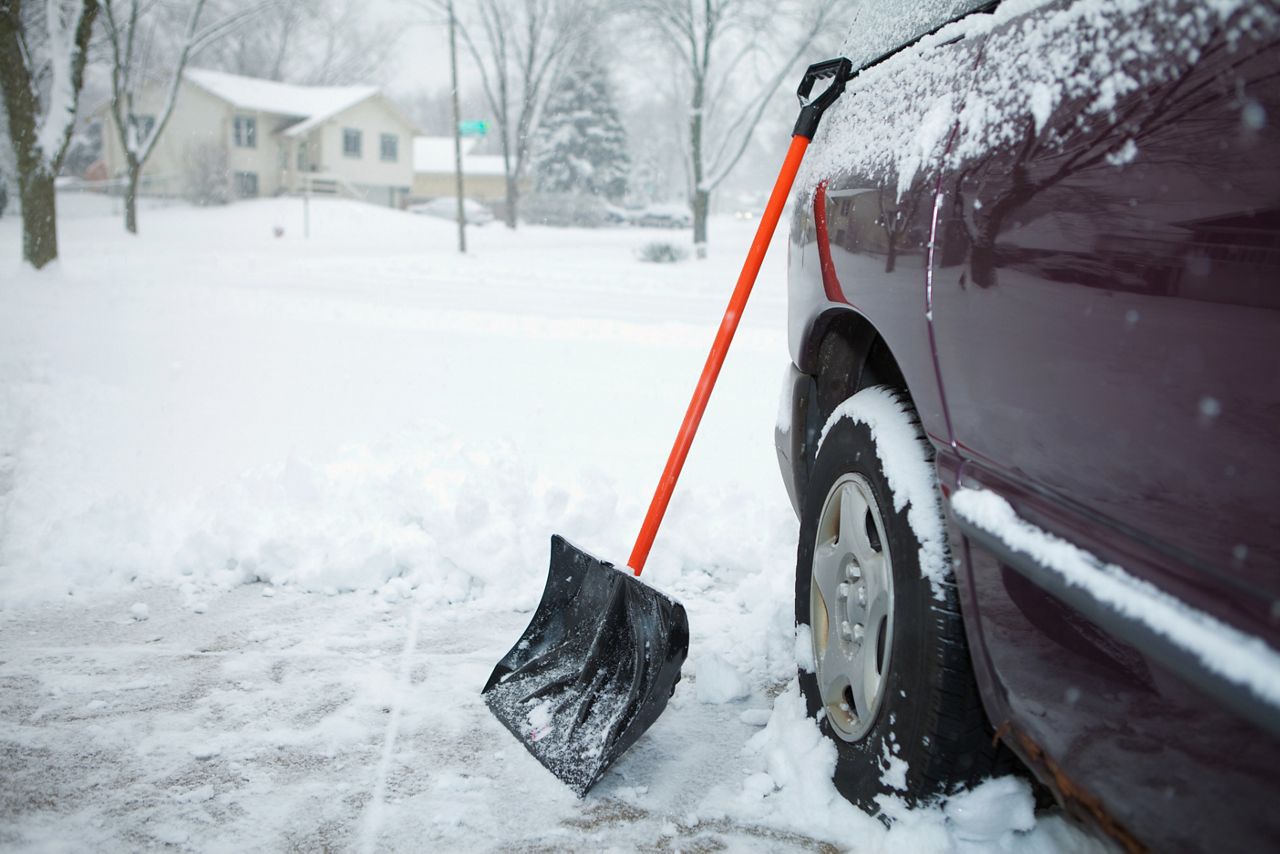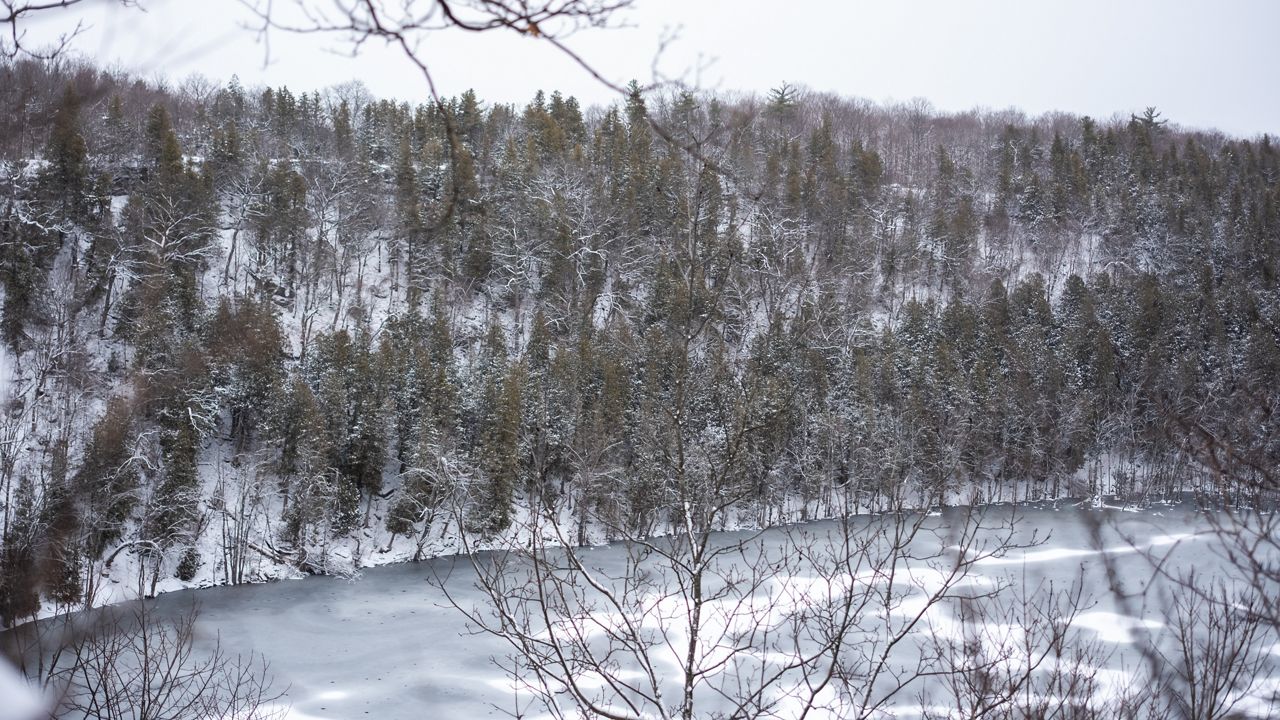We are running a healthy snow deficit compared to the 30-year average.
Through March 8, Rochester has officially received only 36.3 inches of snow for the season, while the average through the date is 86.5 inches. That, of course, means we’re running a deficit of 50.2 inches compared to the average.
Obviously, this season won't qualify as one of the snowiest, but we are in the running for a place in the top 10 of the least snowy.
Now for the top 10 snowiest winters in Rochester history:
- 1959-60: 161.7 inches
- 1977-78: 160.9 inches
- 1970-71: 142.7 inches
- 1900-01: 141.5 inches
- 1958-59: 140.6 inches
- 1978-79: 138.5 inches
- 2002-03: 135.2 inches
- 2000-01: 133.0 inches
- 1992-93: 131.5 inches
- 1899-1900: 131.3 inches

Something to keep in mind, locally higher amounts are always to be expected in the Rochester area because of the lake-effect snow belts in Wayne County and also to our southwest from Lake Erie.
Another is that the current seasonal average is 102 inches. This fluctuates every 30 years when new climate normals come out.
Yet another is that observers kept the original measurements in what was then downtown Rochester.
Here’s a brief history of that:
The Rochester office of the Signal Service was part of the original network of offices in 1870. It opened at the Reynolds Arcade Building, then moved to the Powers Building in Sept. 1871.
The Weather Bureau (the precursor to the National Weather Service) took over in 1891 and moved the office to the Government Building. They established an airport office in late 1929 and then moved the city office to this location in Nov. 1940. The office closed during the National Weather Service modernization of the 1990s.
We have a number of colder-than-average days coming up through at least the midpoint of this month, and even decent snow chances on-and-off. However, unless something changes (and it could), none of them look significant in terms of widespread heavy snowfall amounts.
Our team of meteorologists dives deep into the science of weather and breaks down timely weather data and information. To view more weather and climate stories, check out our weather blogs section.



